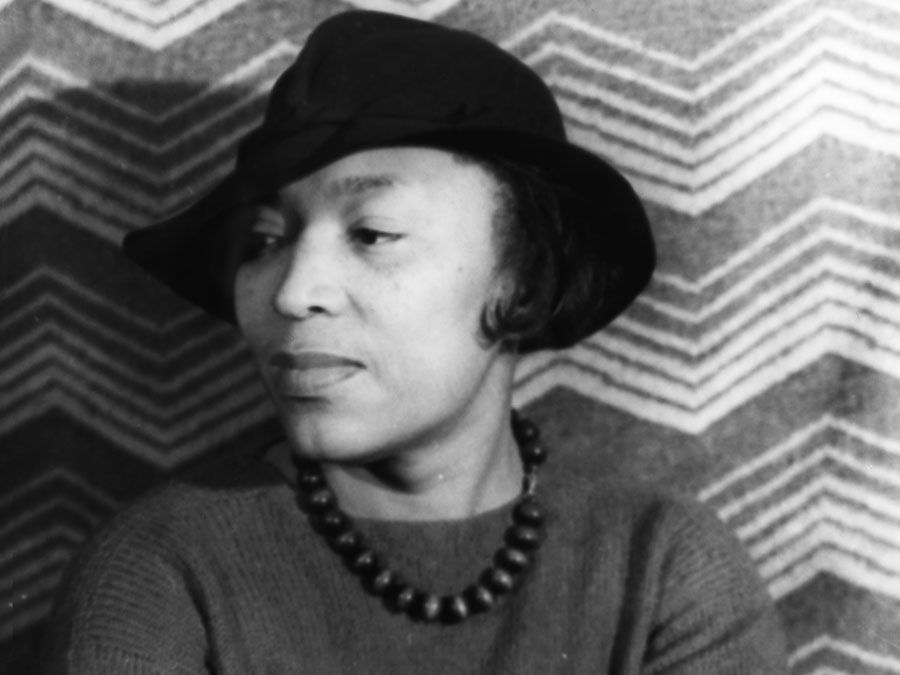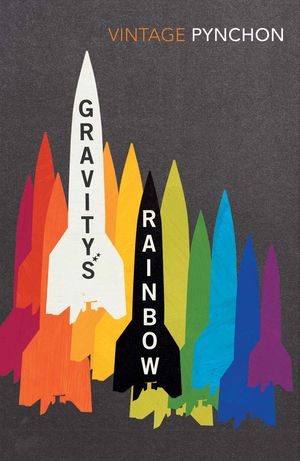Thomas Pynchon
Our editors will review what you’ve submitted and determine whether to revise the article.
- Academia - Thomas Pynchon on Totalitarianism: Power, Paranoia, and Preterition in Gravity's Rainbow
- The New York Times - The Apprenticeship of Thomas Pynchon
- Official Site of Thomas Pynchon
- The Encyclopedia of Science Fiction - Thomas Pynchon
- The Washington Post - The Vanishing Act of Thomas Pynchon
- Amercian Society of Authors and Writers - Biography of Thomas Pynchon
- DigitalCommons@University of Nebraska - Lincoln - Thomas Pynchon: A Brief Chronology
- Born:
- May 8, 1937, Glen Cove, Long Island, New York, U.S.
- Awards And Honors:
- National Book Award
- On the Web:
- The Washington Post - The Vanishing Act of Thomas Pynchon (Nov. 06, 2024)
Thomas Pynchon (born May 8, 1937, Glen Cove, Long Island, New York, U.S.) is an American novelist and short-story writer whose works combine black humour and fantasy to depict human alienation in the chaos of modern society.
After earning a B.A. in English from Cornell University in 1958, Pynchon spent a year in Greenwich Village writing short stories and working on a novel. In 1960 he was hired as a technical writer for Boeing Aircraft Corporation in Seattle, Washington. Two years later he decided to leave the company and write full-time. In 1963 Pynchon won the Faulkner Foundation Award for his first novel, V. (1963), a whimsical, cynically absurd tale of a middle-aged Englishman’s search for “V.,” an elusive supernatural adventuress appearing in various guises at critical periods in European history. In his next book, The Crying of Lot 49 (1966), Pynchon described a woman’s strange quest to discover the mysterious, conspiratorial Tristero System in a futuristic world of closed societies. The novel serves as a condemnation of modern industrialization.
Pynchon’s Gravity’s Rainbow (1973) is a tour de force in 20th-century literature. In exploring the dilemmas of human beings in the modern world, the story, which is set in an area of post-World War II Germany called “the Zone,” centres on the wanderings of an American soldier who is one of many odd characters looking for a secret V-2 rocket that will supposedly break through Earth’s gravitational barrier when launched. The narrative is filled with descriptions of obsessive and paranoid fantasies, ridiculous and grotesque imagery, and esoteric mathematical and scientific language. For his efforts, Pynchon received the National Book Award, and many critics deemed Gravity’s Rainbow a visionary apocalyptic masterpiece. Scenes from the novel were adapted as part of the German film Prüfstand VII (2002).

Pynchon’s next novel, Vineland—which begins in 1984 in California—was not published until 1990. Two vast, complex historical novels followed: in Mason & Dixon (1997), set in the 18th century, Pynchon took the English surveyors Charles Mason and Jeremiah Dixon as his subject, and Against the Day (2006) moves from the World’s Columbian Exposition of 1893 through World War I. Inherent Vice (2009; film 2014), Pynchon’s rambling take on the detective novel, returns to the California counterculture milieu of Vineland. Bleeding Edge (2013) chronicles the efforts of a fraud investigator to untangle the nefarious doings of a New York computer-security firm in the year leading up to the September 11 attacks of 2001, all the while attempting to parent her children in the wake of domestic difficulties.
Of his few short stories, most notable are “Entropy” (1960), a neatly structured tale in which Pynchon first uses extensive technical language and scientific metaphors, and “The Secret Integration” (1964), a story in which Pynchon explores small-town bigotry and racism. The collection Slow Learner (1984) contains “The Secret Integration.”















